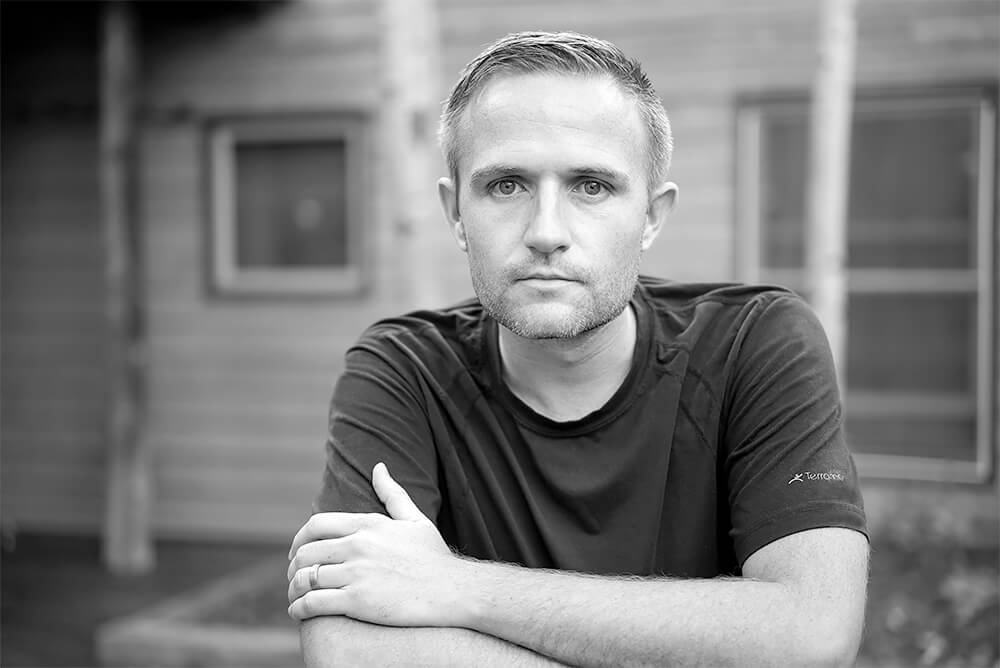Rory Doyle is a working photographer based in Cleveland, Mississippi in the rural Mississippi Delta. Born and raised in Maine, Doyle studied journalism at St. Michael's College in Colchester, Vermont. In 2009, he moved to the Mississippi Delta to pursue a master's in education at Delta State University in Cleveland.
He has remained committed to photographing the Delta, with a particular focus on sharing stories of overlooked subcultures. He was a 2018 Mississippi Visual Artist Fellow through the Mississippi Arts Commission and National Endowment for the Arts for his ongoing project about African American cowboys and cowgirls, "Delta Hill Riders."
Doyle won the 16th Annual Smithsonian Photo Contest, the 2019 Southern Prize from the South Arts organization, the 2019 Zeiss Photography Award, the 2019 ZEKE Award for Documentary Photography, and the 2019 Michael P. Smith Award for Documentary Photography from the New Orleans Photo Alliance.
He has had solo exhibitions in New York City, London, Atlanta and Mississippi. Doyle's work has been published in The New York Times, Washington Post, Wall Street Journal, The Atlantic, The Guardian and CNN.
Delta Hill Riders
Historians agree that just after the Civil War, one in four cowboys were African American. Yet this population was drastically underrepresented in popular accounts, and it is still. The "cowboy" identity retains a strong presence in many contemporary black communities.
This ongoing documentary project in the Mississippi Delta sheds light on an overlooked African American subculture - one that resists historical and contemporary stereotypes.
The project began January 2017 when I attended a black heritage rodeo in Greenville, Mississippi.
The body of work reveals how deep and diverse this community is. I've been invited to black heritage rodeos, horse shows, trail rides, "Cowboy Nights" at black nightclubs across the Delta, and to subjects' homes across the region.
The project aims to press against my own old archetypes - who could and could not be a cowboy, and what it means to be black in Mississippi - while uplifting the voices of my subjects.
